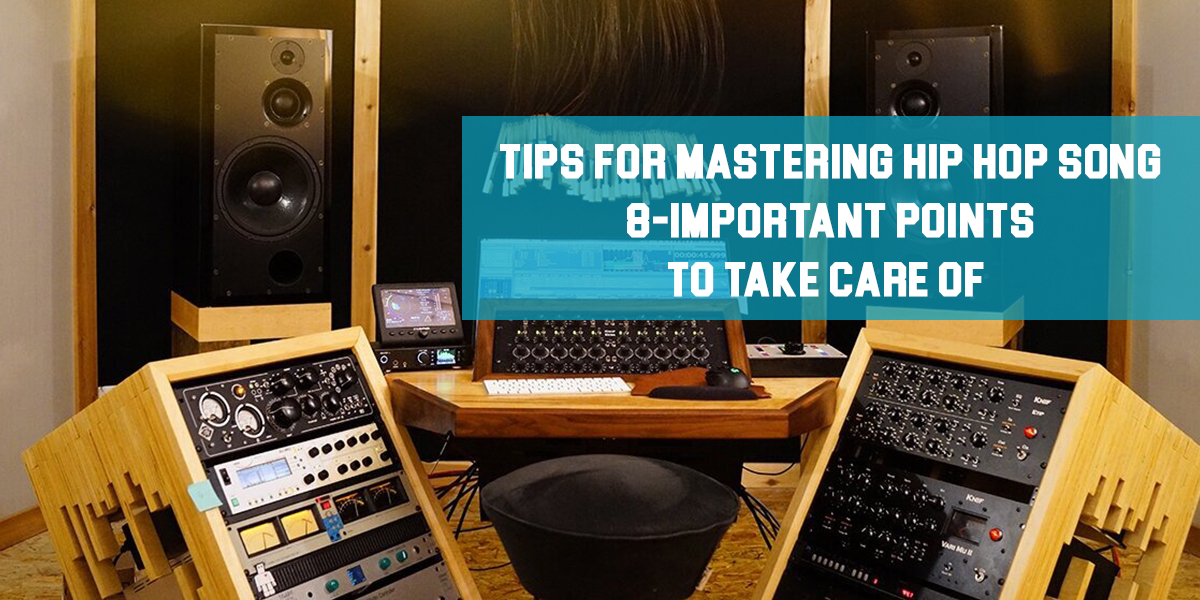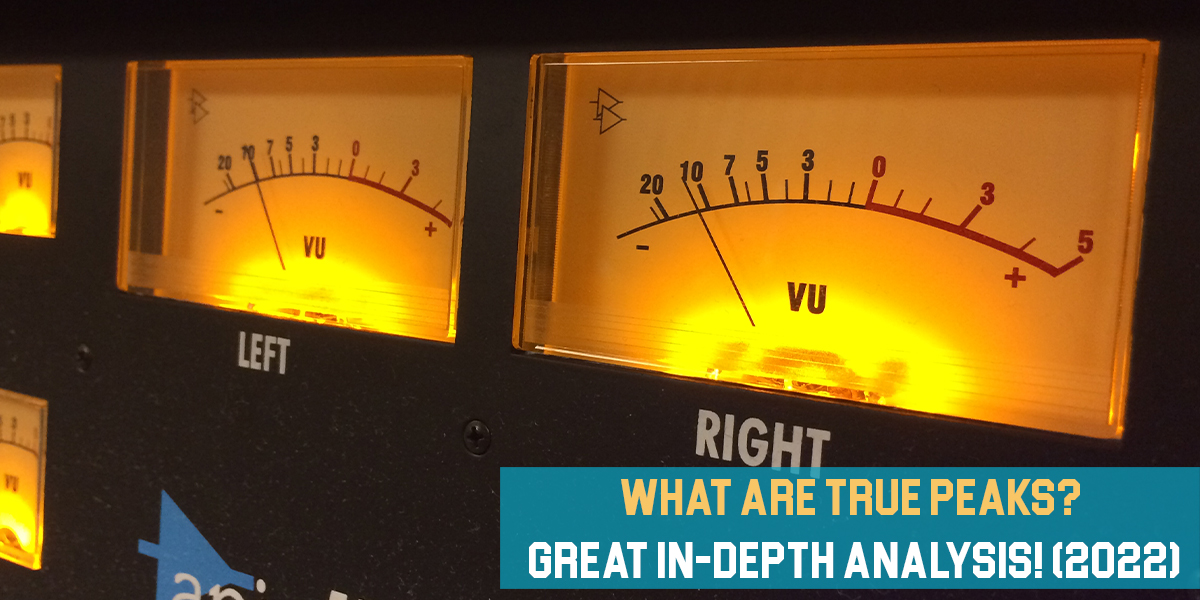How To Mix Piano
Introduction
Mixing the piano correctly can be a challenging task. Achieving a great piano tone is crucial for your music, especially if the piano is the main instrument.
Whether you’re working with a real piano or a virtual one, the mixing process is almost the same. A real piano does require some extra steps, like mic placement and considering the room acoustics. Using a virtual piano is often more convenient.
In this article, you’ll learn what it takes to mix piano effectively. We’ll cover where the piano should sit in the mix, how to use EQ and compression properly, and share other helpful tips.
1. Enhance the Good Tone
As always, the best way to get great EQ settings is to use a bandpass filter and sweep it across the frequency spectrum. This helps you find any problem frequencies so you can cut them out, or boost the ones that need more presence.
Once you’ve cleaned up the frequencies, it’s time to enhance the nice-sounding ones. If you want to bring out the character of the piano, find the spot where it sounds best and give it a gentle boost. Don’t overdo it—about 2-3dB is usually enough.
The most effective way to enhance piano frequencies is to make a narrow EQ band and sweep it across the range. When you find a spot that sounds good, widen the band a bit and boost it up to around 3dB. If it becomes too loud, just lower the gain.
There might be a few sweet spots on the piano. Try to find as many as you can and enhance them. But remember, you also need to leave room for other instruments.
If other tracks occupy the same frequency range, you’ll need to decide which one is more important and boost that one. For example, if the guitar and piano share the same frequency range and the guitar is the main instrument, boost the guitar and cut that range on the piano.
The goal is to bring out the most important instruments in the mix. Whether it’s piano, guitar, or something else, it all depends on the song.
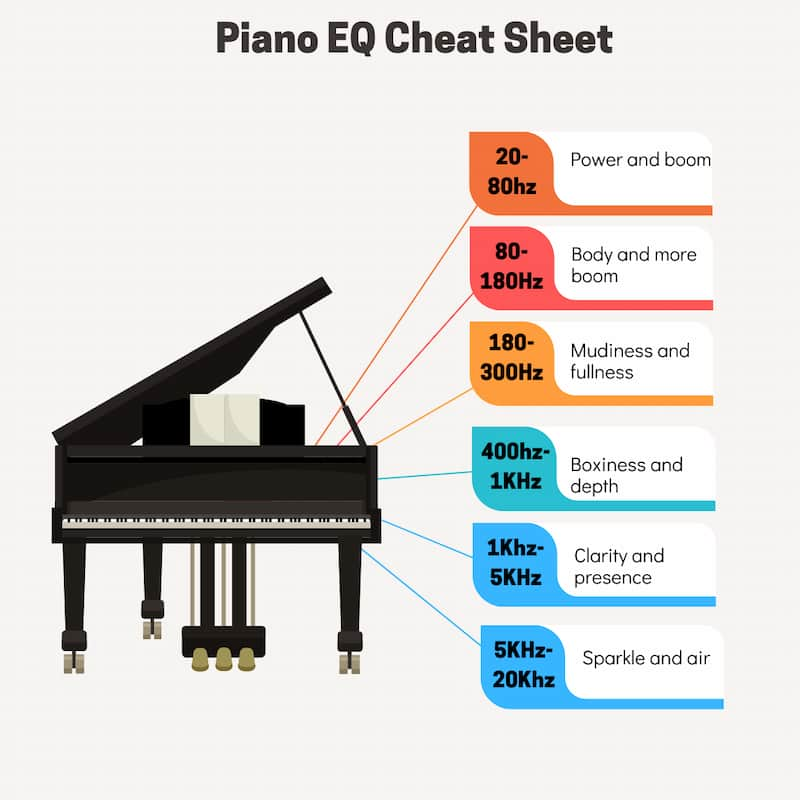
2. Compressing the Piano
When choosing a compressor for piano, it’s important to pick one that preserves the instrument’s pure timbre. You want the piano to sound as natural as possible.
If the piano is playing chords, a compressor with a fast attack and a medium to long release usually works well. For more percussive playing, like a solo, use a fast attack with a quick to medium release. Depending on the dynamic range, a ratio of 4:1 or lower should be suitable.
Apply just enough compression to control the loud peaks without affecting the piano’s tone or timbre. Avoid making the piano distort by not setting the attack too fast—let the initial transients come through before the compression kicks in. The compression should then fade out smoothly, without causing a pumping effect.
3. Panning
The acoustic piano is naturally a stereo instrument, with its physical layout creating a sense of linearity. This means higher-pitched notes tend to favor the right channel, while lower bass notes lean toward the left. Many producers prefer to preserve this authentic soundscape when mixing piano.
If you’re mixing a stereo recording of piano alongside other instruments, it’s usually best to pan the left channel hard left and the right channel hard right. This approach leaves space in the center for more important elements, like vocals. However, be aware that this can make your reverb more noticeable, so you may need to adjust your reverb settings accordingly.
If the piano is the main instrument—perhaps just accompanied by vocals and bass—you might want to pan the stereo channels only 10% left and right. This creates a more centered sound that keeps the piano prominent.
The piano is one of the richest and most versatile instruments to record, offering a seemingly endless range of tones and moods. When recorded and mixed well, it can move listeners emotionally in ways that few other instruments can.
By following these guidelines for mixing piano, you’ll improve your chances of creating a powerful and compelling piano mix in any musical context.
4. Reverb on a Piano
Adding a tasteful amount of reverb to a piano can help it sound lush and full. While many piano VSTs include built-in reverbs, we generally don’t recommend using these. First, they’re often not as good as standalone reverb plugins. Even the better built-in options lack the level of control you’ll need.
Second, if you’re mixing piano with other instruments, it can sound unnatural and artificial if the piano has its own separate reverb, while the other instruments exist in a different space.
The exact reverb settings you’ll want for piano depend on two things: the genre of music and the tempo and sparseness of the arrangement. Certain genres, like classical, may call for a larger reverb, such as a “hall.” Slow, sparse songs may benefit from denser, longer reverbs.
We recommend using reverbs as send effects rather than insert effects. This way, multiple instruments can share the same reverb, making it feel as if they were all recorded in the same room. For the best-sounding pianos, we like to use two reverbs on two separate send channels.
First, we add some plate reverb to the piano. Plate reverb makes the piano sound bigger, even with longer decay settings, without getting too muddy. Usually, the piano is the only instrument we send to this plate reverb. However, if you have multiple versions of the piano, using a send FX is more efficient than a group insert.
Second, on another send channel, we create a room or hall reverb. This reverb is designed to add a sense of space and air. It can be longer, but less dense. You might want to send a variety of instruments to this reverb, but keep its level subtle so it doesn’t overpower the mix.
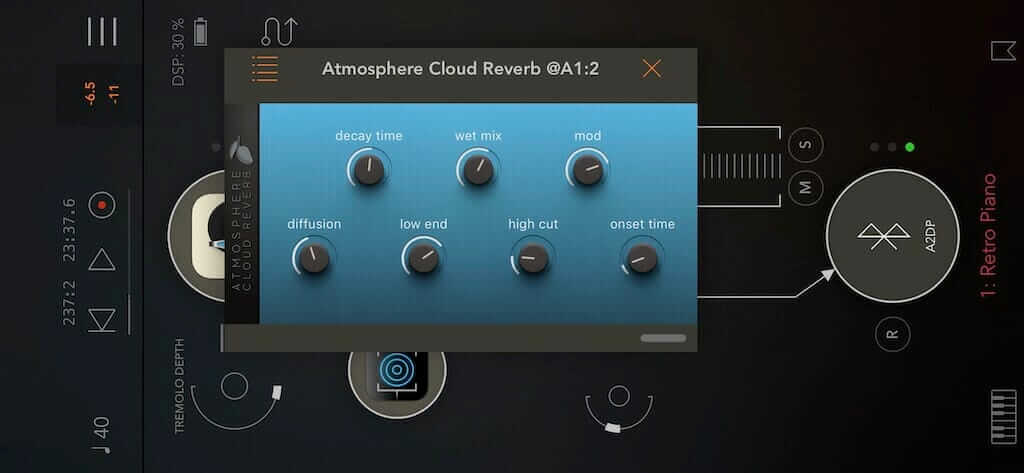
5. Masking
The final step to making a piano part sound realistic is to address the elements that don’t quite fit or work well. This might sound like cheating, but it’s actually making use of a natural mixing phenomenon called masking. In simple terms, masking happens when one instrument or sound gets covered up by another that shares the same frequency range.
This can make a sound either disappear in the mix or become hard to understand. Of course, we don’t want to hide the piano part completely—otherwise, there’s no point in having it. Instead, we can use the arrangement of the track to hint at realism and guide the listener’s attention to the best parts of the piano sound.
Recording Your Piano
Many factors can affect how a piano sounds, and much of it depends on how the piano was recorded. If you record a piano in a large room, you’ll get a lot more reverb, and the sound will likely have a distant or long-hall feeling. Smaller rooms usually create a warmer sound.
Microphone placement is another key part of recording a piano, and even the type of microphone you use will change how the piano sounds in the final recording.
Another thing to consider when recording a piano is where it’s actually placed in the room. For example, a piano set in the middle of the room will sound very different from one recorded in the corner. Pianos recorded in the corner usually have much more bass.
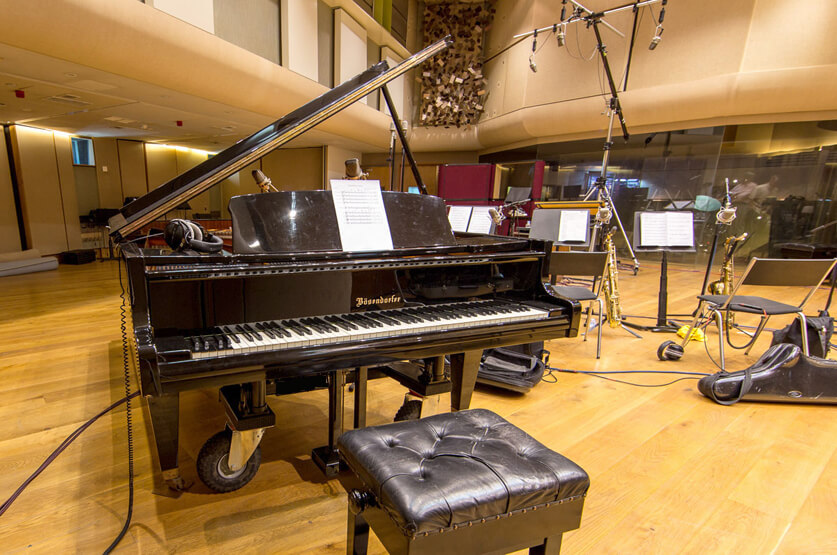
Conclusion
There you have it—all the basics you need to know about mixing piano. From EQ choices and compressor settings to achieving that beautiful, shimmering reverb, we’ve covered it all. Plus, we’ve answered a few common questions you might have been wondering about.
Keep in mind, this is just a starting point. Every song is unique and will require different techniques to make the piano sound its best. Hopefully, these methods will help you quickly bring your piano tracks to life, and from there, you can use your own skills and tastes to truly personalize your sound!
If you have any questions about mixing piano, please let us know in the comments below. We’ll be more than happy to help!

